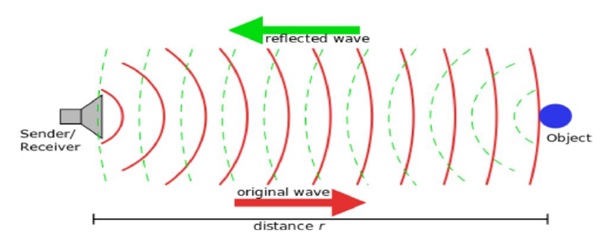Automatic Braking System with Bumper Actuation

DOI:
https://doi.org/10.54060/JMCE/002.01.002Keywords:
Sensor, transducer, operational amplifier and ADC, braking circuitAbstract
For most people nowadays, driving is a common activity. Technology has undergone significant modifications, resulting in an increase in speed. However, high speed contributes to traffic accidents. When the driver is not attentive, ordinary braking is insufficient to prevent accidents. The braking system must be improved further in order to brake a vehicle when the driver is unable to do so, which may necessitate the use of an automatic braking system. The vehicle may brake without the driver's assistance using this autonomous braking technology. An auto-mated braking system is an important aspect of car safety technology. It's a sophisticated sys-tem that's designed to avoid colliding with another vehicle or an obstacle of some sort. These systems use sensors like radar, video, infrared, and ultrasonic to scan for potential obstacles in front of the car and then use brake control to avoid a collision if the object is found.
Downloads
References
N. V. Nes, M. Houtenbos and I. V. Schagen, “Improving speed behaviour: the potential of in-car speed assistance and speed limit credibility”, IET Intel. Transp. Syst., vol. 2, no. 2, pp. 323-330, 2008.
David Epsilon, An embedded software premier, Pearson education, 1999.
V. Milanés, E. Onieva, J. Pérez, T. de Pedro, and C. González, “Control de Velocidad basado en Lógica Borrosa para Entornos Urbanos Congestionados,” Rev. Iberoam. Autom. Inform. Ind. RIAI, vol. 6, no. 4, pp. 61–68, 2009.
J. Pérez, F. Seco, V. Milanés, A. Jiménez, J. C. Díaz, and T. de Pedro, “An RFID-based intelligent vehicle speed controller using active traffic signals,” Sensors (Basel), vol. 10, no. 6, pp. 5872–5887, 2010.
A. P. et al., "Microcontroller based Intelligent Braking System in Electric Scooters," 2020 5th International Conference on Communication and Electronics Systems (ICCES), 2020, pp. 188-192, doi: 10.1109/ICCES48766.2020.9137951.
S. Matsumoto, T. Yasuda, T. Kimura, T. Takahama, H. Toyota, “Development of the Nissan ASV-2”, 17th International Technical Conference on the Enhanced Safety of Vehicles, 2001, Amsterdam, Netherlands.
M. McCarthy and R. de Lange, “A generic evaluation methodology for advanced safety systems,” Int. J. Crashworthiness, vol. 13, no. 6, pp. 599–607, 2008.
Abele, Kerlen, Krueger, Baum, Geibler, Grawenhof, Schneider, Schultz (2005). Exploratory study on the potential socio-economic impact of the introduction of intelligent safety systems in road vehicles. VDI/VDE Innovation and technik, GMbH, Germany. http://ec.europa.eu/information_society/activities/esafety/doc/call_4/final_seiss.pdf
T. Blakemore and S. Clancy, “Braking without tradition”, Transport Engineer, pp. 18-20, 1995.
Bunting, An Automotive Engineer, Institution of Mechanical Engineers, 1 Birdcage Walk, London, SW1H 9JJ 1996-12 v21 n6 p57-8 ISSN 0307-6490
Dickson-Simpson J (1996). Keystrokes at the heart of truck brake engineering, Transport Engineer, October 1996.
Dorner (2007). Safety first – active systems for collision avoidance and collision mitigation. MAN Trucks powerpoint presentation
K. Singh and R. Mattoo, “Motorcycle Riding Safety”, IJPRSE, vol. 1, no. 3, pp. 64–66, Jun. 2020.
R. He and Z. Jing, “Study on braking stability of commercial vehicles: An optimized air brake system,” Adv. Mech. Eng., vol. 11, no. 5, p. 168781401984859, 2019.
Knoll P (2007). Driver assistance systems. Robert Bosch GmbH. Presentation given at the DVR press conference, January 2007, Berlin.


























